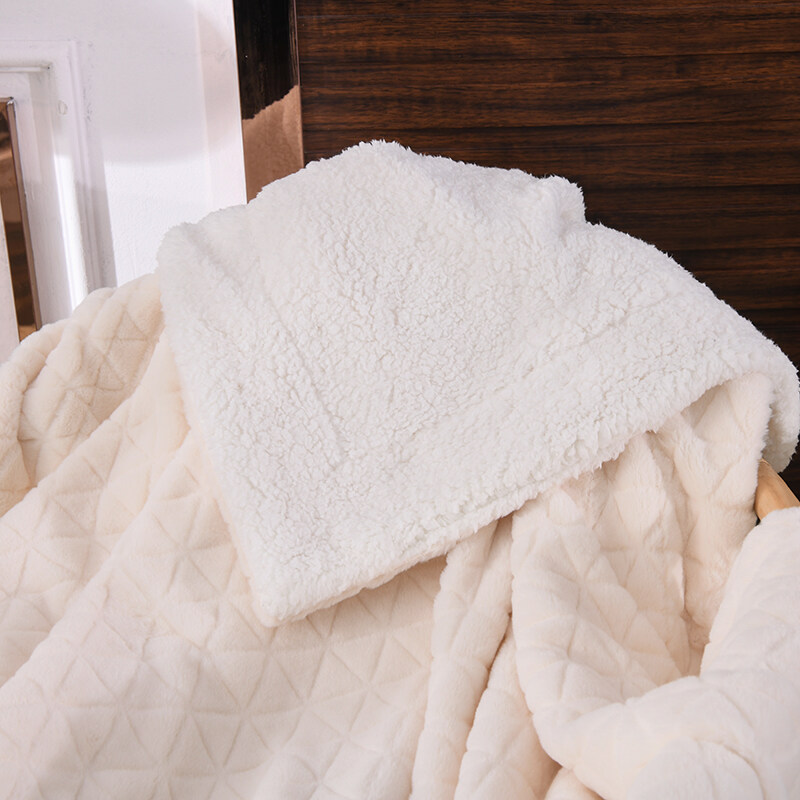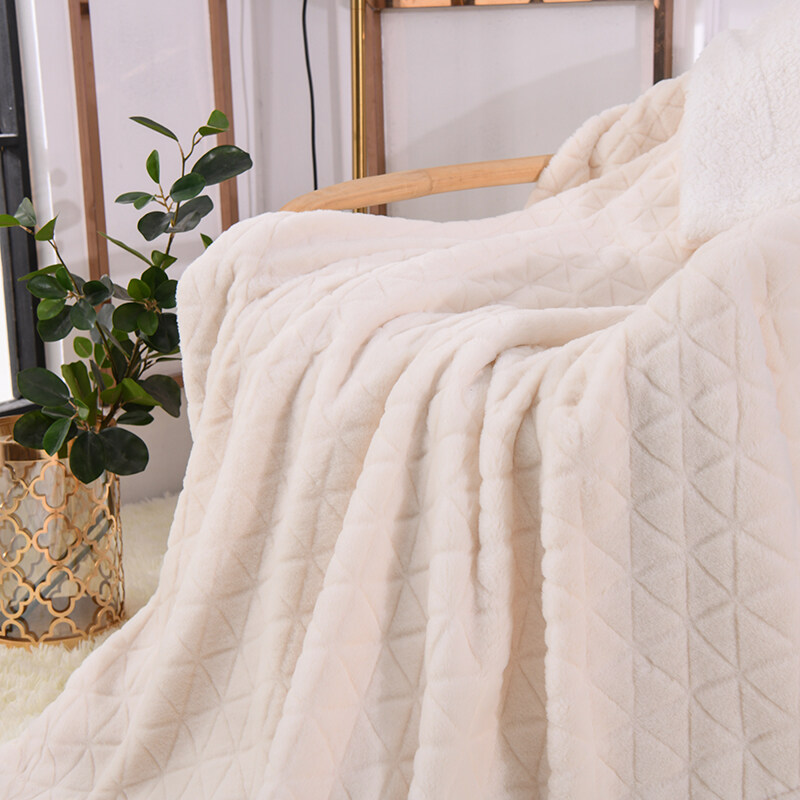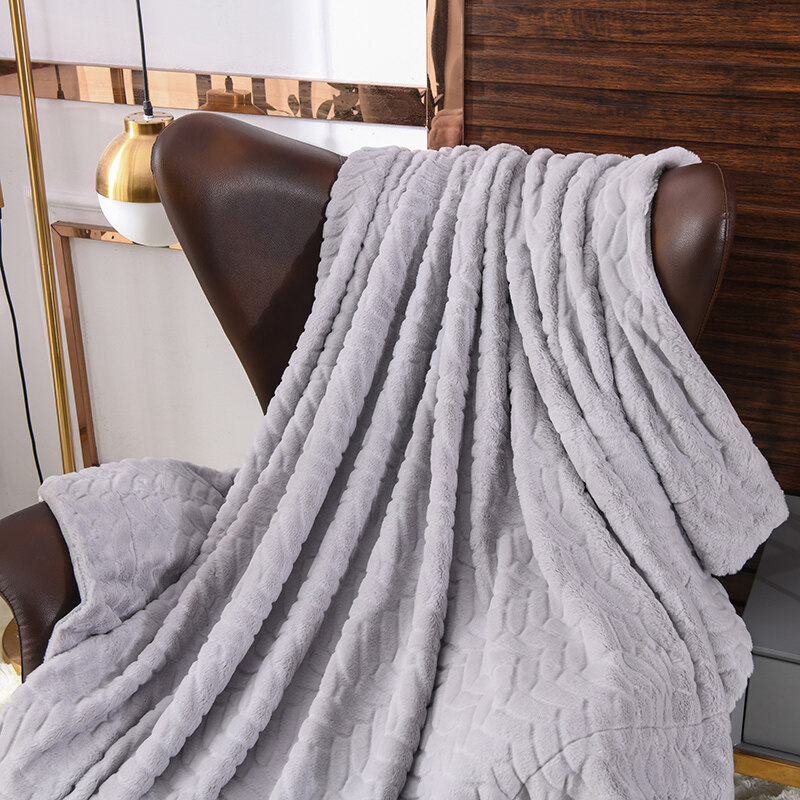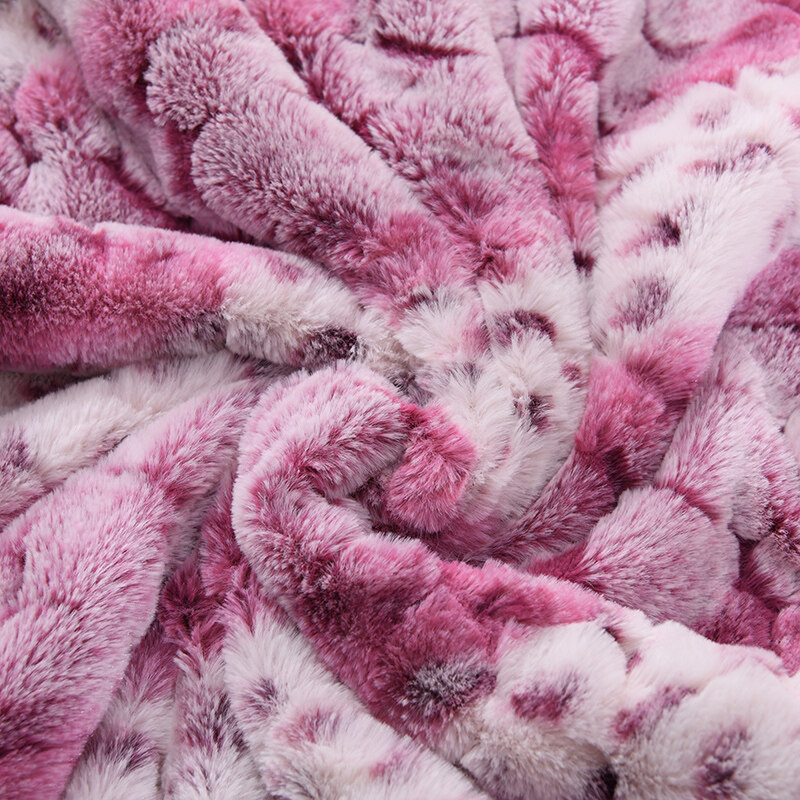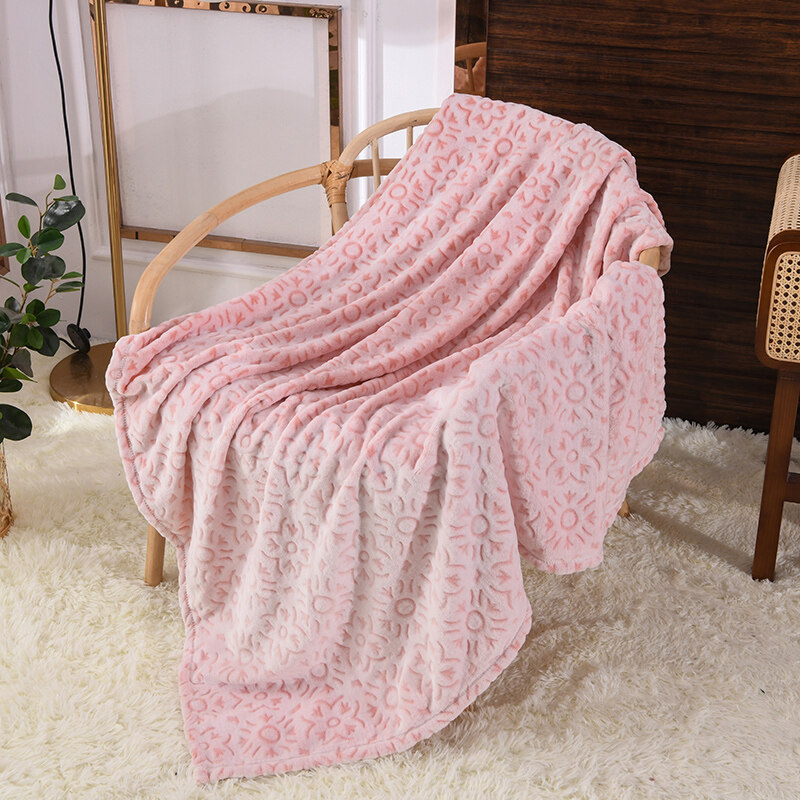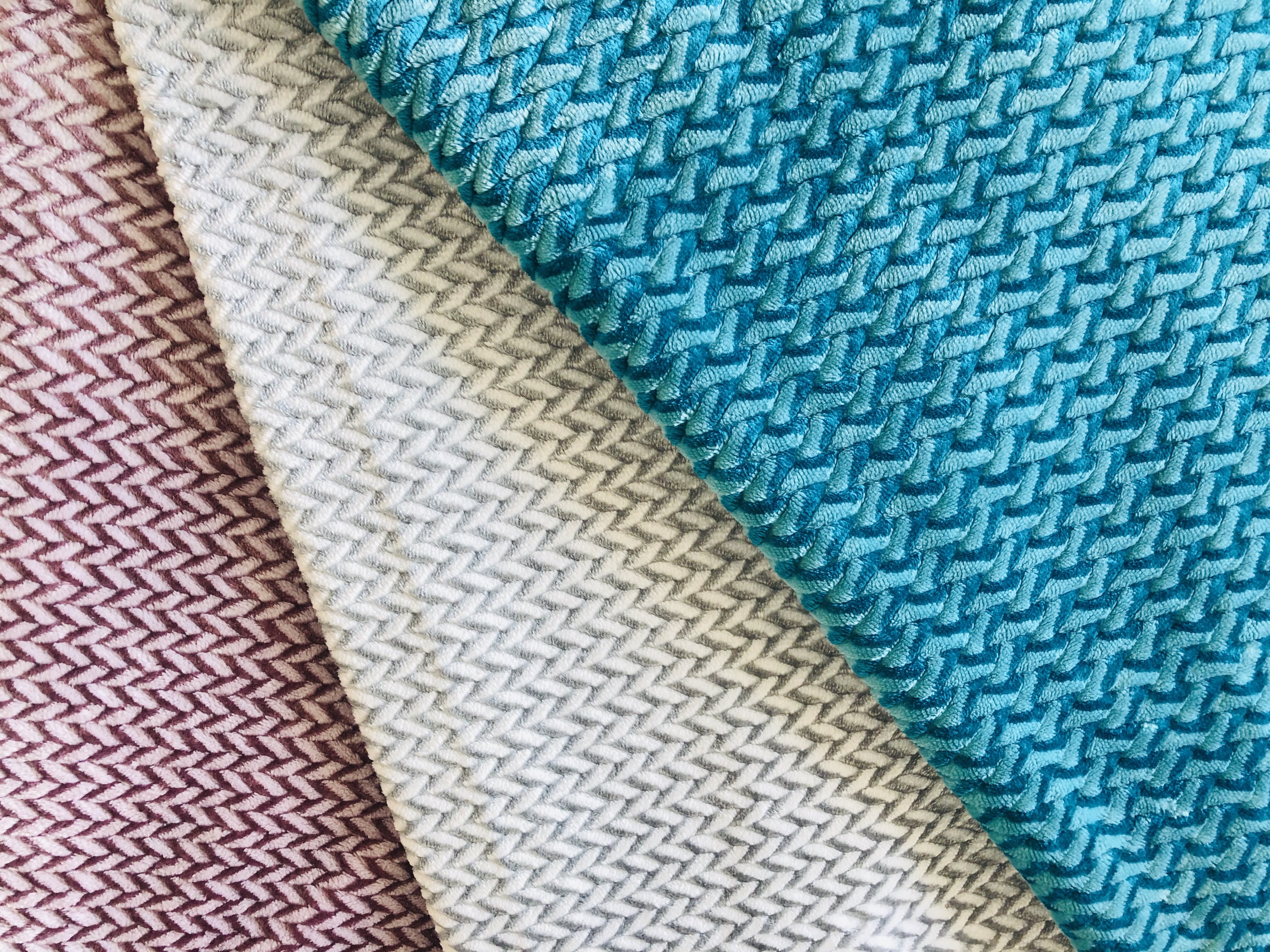Email format error
Email cannot be empty
Email already exists
6-20 characters(letters plus numbers only)
The password is inconsistent
Email format error
Email cannot be empty
Email does not exist
6-20 characters(letters plus numbers only)
The password is inconsistent

Solid Faux Fur Fleece
Faux fur is a blend of polyester, modacrylic and acrylic fibers. It feels similar to real animal fur and is used to create a variety of beautiful things.
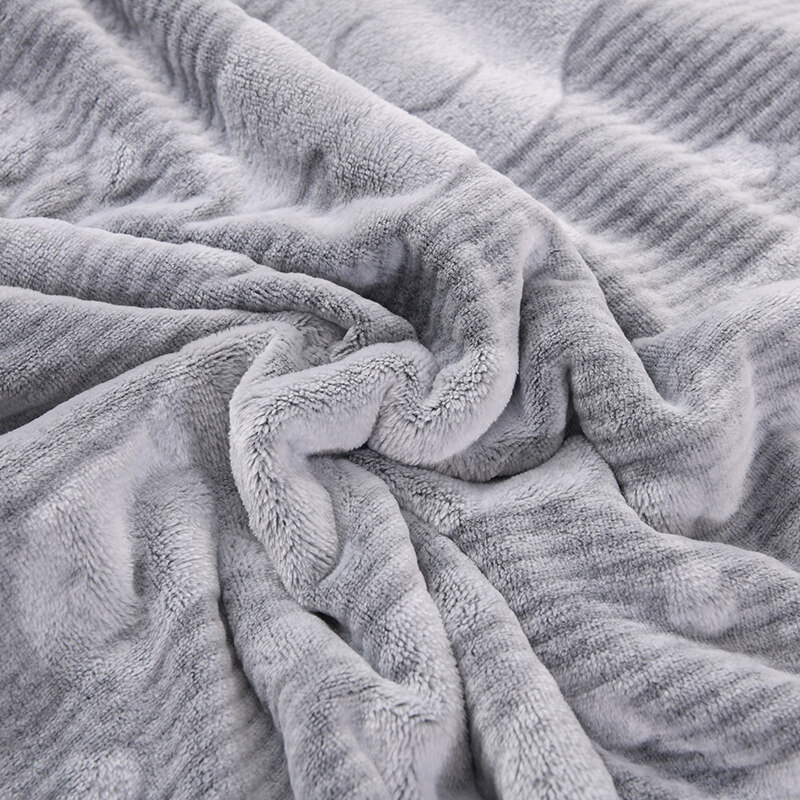
What is Faux Fur Fabric?
Faux fur, artificial fur, or fake fur, is a pile of fabric made to simulate real animal fur. Essentially, faux fur is a blend of polyester, modacrylic, and acrylic fibers.
Manufacturers cut, shape, and process it to match real fur texture. Some popular kinds of faux fur include faux rabbit, faux fox, shearling, sheepskin, and sherpa. Other luxury faux fur fabrics include chinchilla, sable, beaver, ermine, marten, lynx, and leopard.
Each fabric has a pile that comes in varying lengths and textures. The range of piles in the market includes; long pile faux furs, medium pile faux fur, and short pile faux fur.
With the advancement in technology today, we can almost not distinguish between faux fur and real animal fur.
This animal-friendly fabric is warm, durable, and versatile. It is used to make a wide range of fashion accessories, including faux fur jackets, faux fur coats, faux fur vests, faux fur shawls, and faux fur shoes and purses.
We also use it to make stuffed animals, home decorations like pillows and bedding, and other faux fur products. Faux furs are silky smooth to the touch and sustain dye no matter how many times you wash them. With proper care, you can recycle faux fur material. You can also reshape fabric scraps into unique items.
History of Faux Fur Fabric
Fur has been around for centuries, dating back to the era of cave dwellers who used animal fur to isolate themselves from the cold. In some parts of the world, nobles and rulers wore fur as a sign of nobility, power, and wealth.
Interestingly, faux fur was not first introduced as a more sustainable fashion option. Instead, manufacturers saw it as an easy way to make money. This is because Faux fur was a cheaper option for regular people to imitate the upper class.
The American government’s policy also placed a tax of 10% on animal fur products from 1919 to 19287. This also helped promote the faux fur industry.
Faux fur was first introduced into the market in 1929. Earlier attempts at faux fur were made using hair from a South American mammal called Alpacas. However, it was not until the mid-1950s that modern faux fur began to use acrylic polymers in place of alpaca hair, with advances in textile technology improving the quality of fake fur. Alpaca fur was subsequently replaced by synthetic alternatives to the real thing.
By the mid-20th century, faux fur had successfully imitated various animal furs. Unlike real animal fur which came in limited colors of black, brown, and white (shades of the animals), faux fur took over the market with a variety of colors as never seen before.


